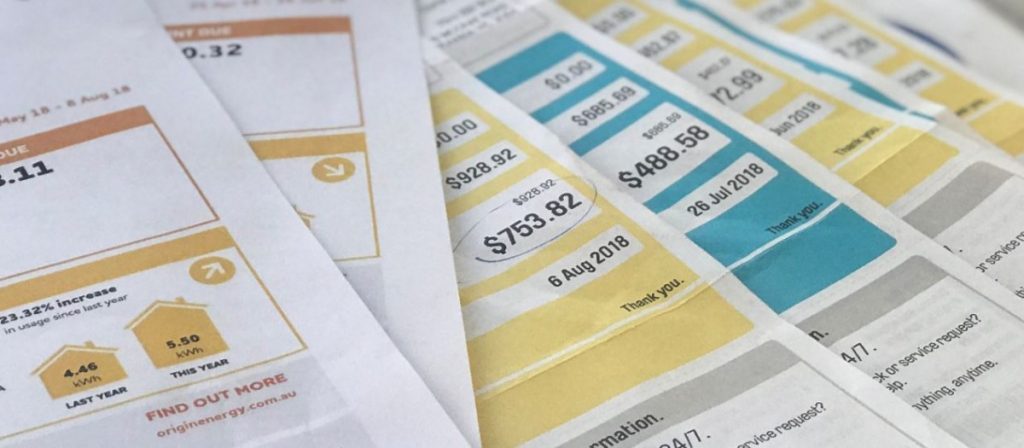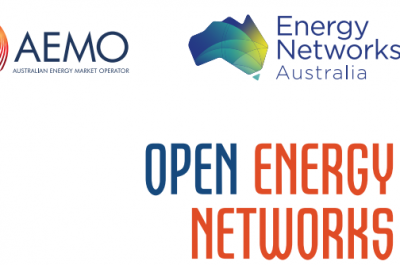Equity returns: short-term gain leads to long-term pain
Much of the post-NEG public discourse has focussed on the lack of policy certainty in the energy sector over the past decade. This has time and again created headaches for networks and generators which are required to build and maintain critical national infrastructure over decades, not three or four year cycles. Put crudely, networks and other parts of the industry have frequently been victim of policy made with short-term political cycles in mind rather than the long term interests in consumers. All too often, kneejerk decisions about how we invest have ultimately led to long-term pain for energy users.
Material underinvestment in NSW and Queensland networks in the early 2000s is an example that led to significant power outages in those states. In response, unprecedented reliability standards were imposed and major increases in capital expenditure followed. This expenditure led to abnormally high growth in network charges that predictably pushed up power bills in those states.

It’s these large capital expenditures in the 2000s that are behind the ACCC’s recommendation to write down the regulatory asset bases (RABs) of electricity networks in NSW, Queensland and Tasmania. The ACCC notes that we must tread very carefully, and this is especially so in NSW where the networks are now half-privatised. You won’t find a better example of sovereign risk than the idea of governments selling assets, then intervening to significantly reduce their value just a couple of years later. Sensibly, the ACCC does not suggest writing down the RABs of recently privatised networks.
The ACCC makes clear that the regulatory rules linked to the significant capital expenditure were changed in late 2012. It’s worth noting these changes worked, with capital expenditure on electricity networks halving in recent years and now at the lowest levels for more than a decade. Combined with post-GFC reductions in the cost of capital, this has led to network charges falling across the country. Over the past three years, the network part of an average Australian bill fell from $702 to $619, a 12 per cent decrease. If the generation and retail parts of the bill had stayed flat rather than rising by $188 over the same period, energy would not be the political hot topic it is now.
While it’s easy with the benefit of hindsight to say it is clear some past interventions went too far, it is in this context that we need to carefully consider any changes that might undermine the long-term commercial sustainability of the energy industry and its ability to operate in the long-term interests of consumers.
Major changes proposed to the regulatory rate of return (the amount networks are allowed to earn on their investment) are causing concern for not just the owners of gas pipelines and electricity poles and wires assets serving nine million Australian households, but for infrastructure investors across the board. The Australian Energy Regulator in its current review has proposed the largest ever cut – more than $450 million a year – even though recent market data suggests required returns are rising not falling.
The fact is, delivering a return to shareholders less than half what it was just 10 years ago will compromise every networks’ capacity to invest in their networks and attract capital, and that will result in long-term adverse consequences.
Australia’s energy network sector relies on existing and ongoing long-term private sector infrastructure investment, which is underpinned by efficient and ready access to international debt and equity capital. The international nature of infrastructure finance is a particular concern, with the proposed equity risk premium of 3.6 per cent below recent decisions from energy regulators in United Kingdom, New Zealand and the United States. Such low returns will deliver on short-term price-related objectives, but at what long-term cost?
Such a low rate will have an unfavourable impact on the investment environment. Cutting equity returns too far will create higher than necessary debt risk premiums, charged by financiers but ultimately paid for by customers. This is the regulatory equivalent of shooting yourself in the foot.
Our long-term interest is best served by having networks strategically invest to make our grid more connected and enable the greater wholesale competition we desperately need. It would be a perverse outcome if Australian investors wanting to invest in the transition to a sustainable energy future were best served putting their money into other countries in preference to their own.
Regardless of whether we’re talking about the NEG, the ACCC recommendations or the rate of return, energy networks strongly urge policymakers to avoid repeating the mistakes of the past. It’s clear from history that drastic and ill-considered changes will hurt customers in the long term.



